hiking for beginners
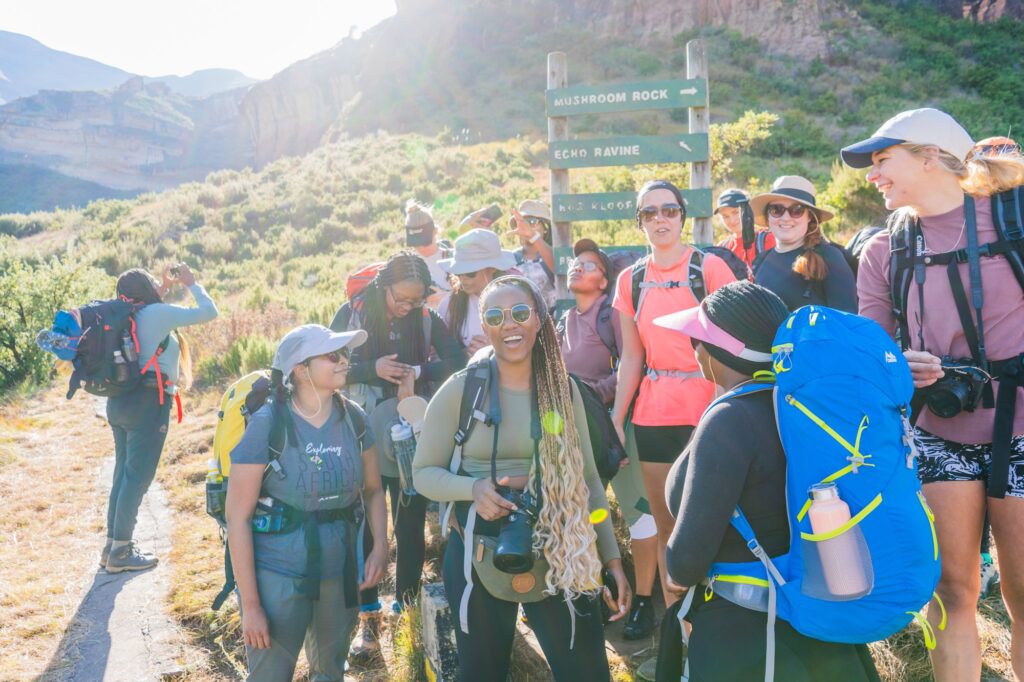
Beginner’s Guide to Hiking: What You Need to Know Before You Start
Hiking is one of the most rewarding and accessible outdoor activities you can enjoy. Whether you are looking to improve your physical health, connect with nature, or explore new destinations, hiking offers all of this and more. However, for beginners, stepping onto a trail without preparation can lead to discomfort, injuries, or even dangerous situations. This comprehensive guide will cover everything you need to know before you start your hiking journey, ensuring a safe, enjoyable, and fulfilling experience.
1. Why Hiking?
Before we dive into the practicalities, let’s explore why hiking is worth your time and effort.
Benefits of Hiking:
- Physical Fitness: Great cardiovascular exercise that improves stamina, muscle strength, and balance.
- Mental Health: Nature reduces stress, anxiety, and depression.
- Social Bonding: Perfect for friends, families, and groups.
- Low Cost: Requires minimal gear compared to other outdoor sports.
2. Essential Gear Checklist
One of the most common mistakes beginners make is not bringing the right equipment. Having the correct gear can make or break your hike.
Must-Have Gear:
- Footwear:
- Hiking boots or trail shoes appropriate to terrain.
- Waterproof for wet conditions.
- Proper fit to avoid blisters.
- Clothing:
- Moisture-wicking base layer.
- Insulating layer (fleece or down jacket).
- Outer shell (windproof, waterproof jacket).
- Hat and gloves.
- Backpack:
- Capacity: 20-30 liters for day hikes.
- Adjustable shoulder straps.
- Hydration bladder compatibility.
- Navigation Tools:
- Map and compass.
- GPS device or smartphone app (e.g., AllTrails).
- Food and Water:
- 2 liters of water minimum.
- High-calorie snacks (nuts, granola bars, energy gels).
- Safety Essentials:
- First aid kit.
- Multi-tool or knife.
- Whistle.
- Emergency blanket.
- Other Items:
- Sunscreen.
- Insect repellent.
- Trekking poles.
- Headlamp or flashlight with extra batteries.
3. Physical Preparation and Fitness
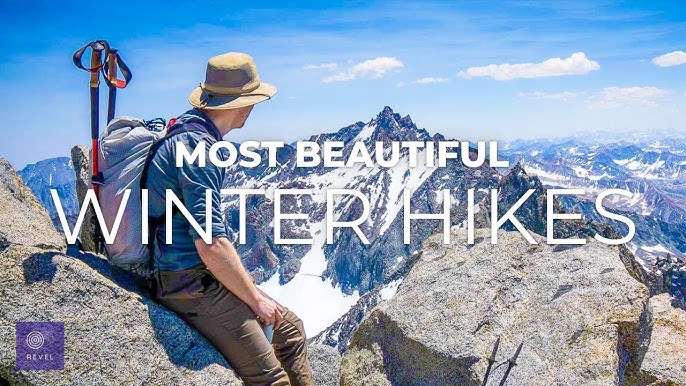
Recommended Exercises:
- Cardio Training: Running, cycling, or brisk walking to improve endurance.
- Leg Strengthening: Squats, lunges, calf raises.
- Core Stability: Planks, sit-ups, balance exercises.
- Flexibility: Stretching hamstrings, quads, calves, and hip flexors.
Health Considerations:

- Consult a doctor if you have existing medical conditions.
- Carry any prescribed medication.
- Avoid strenuous hikes if pregnant, injured, or ill.
4. How to Choose Your First Trail
The trail you pick can greatly influence your first hiking experience. Choose wisely.
Factors to Consider:
- Distance: Start with hikes under 5 km (3 miles).
- Elevation Gain: Beginners should aim for less than 300 meters.
- Terrain: Smooth, well-marked paths are ideal.
- Weather: Dry, clear weather is safer for first-timers.
- Location: Choose a trail close to your home.
Resources for Finding Trails:
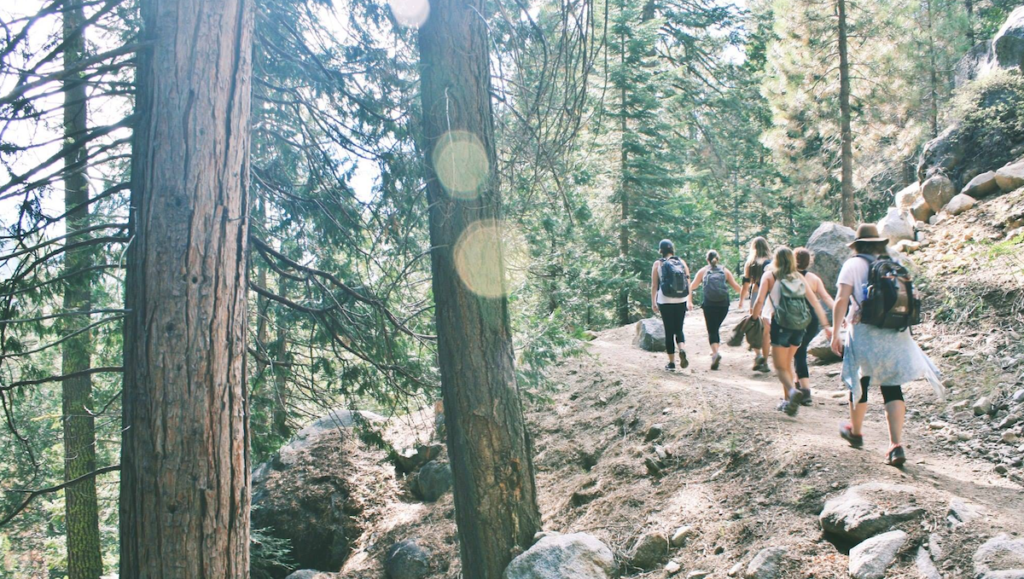
- Apps: AllTrails, Gaia GPS.
- Websites: Local park services, hiking blogs.
- Guidebooks: Check your local outdoor store.
5. Safety Tips for First-Time Hikers
Your safety should always be your top priority.
Pre-Hike Precautions:
- Tell Someone: Always inform a friend or family member of your plans.
- Check Weather: Never hike in stormy or extreme weather.
- Trail Conditions: Look for recent trail reports.
On the Trail:

- Stay on Marked Trails: Avoid venturing off-path.
- Pace Yourself: Take breaks every 20-30 minutes.
- Stay Hydrated and Fed: Sip water regularly and eat small snacks.
- Wildlife Safety: Keep a safe distance from animals.
- Leave No Trace: Pack out all trash, avoid picking plants or disturbing wildlife.
6. Understanding Trail Markings and Signs
Trail markers help prevent you from getting lost.
Types of Trail Markings:
- Paint Blazes: Stripes on trees or rocks.
- Cairns: Stacked rocks, common in open areas.
- Signposts: At trail junctions, showing distances.
Reading Topo Maps:
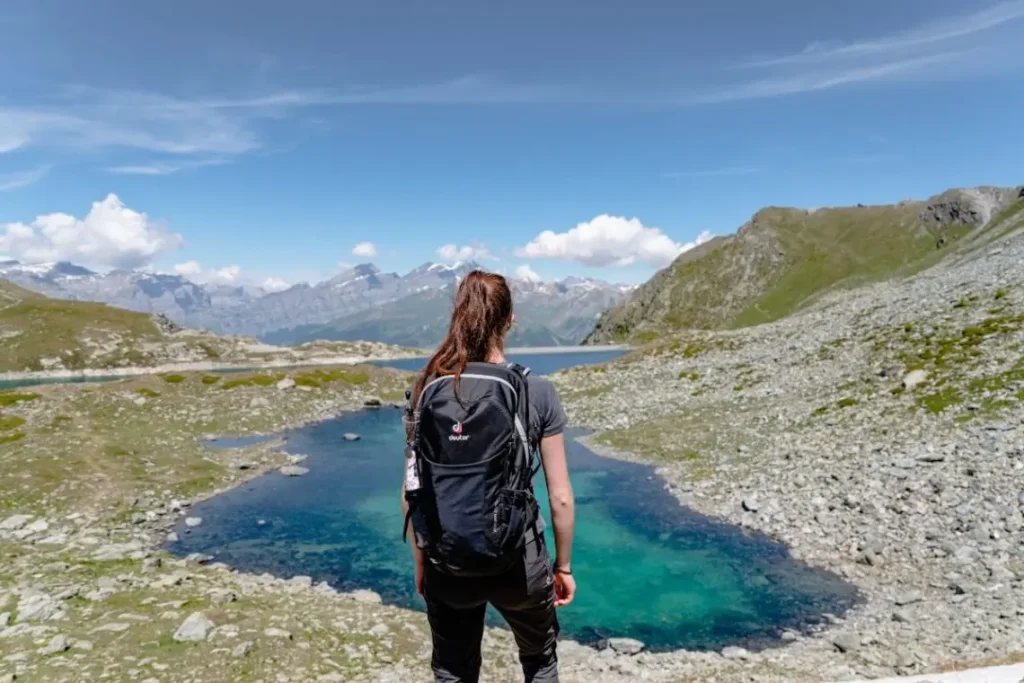
- Learn contour lines (elevation change).
- Identify water sources.
- Mark rest spots and shelters.
7. Common Mistakes Beginners Make (and How to Avoid Them)
- Overpacking:
- Take essentials only; avoid unnecessary gear.
- Underestimating Weather:
- Bring layers, rain gear even if forecast is clear.
- Skipping Meals/Water:
- Maintain energy and hydration to prevent fatigue.
- Ignoring Blisters:
- Address hot spots immediately to prevent worsening.
- Starting Too Late:
- Begin early to ensure daylight completion.
8. Mental Preparation and Attitude
Hiking is as much mental as it is physical.
Keep in Mind:
- Stay Positive: Expect some discomfort; it’s part of growth.
- Be Flexible: Turn back if conditions worsen.
- Celebrate Small Wins: Enjoy every milestone.
9. Joining a Hiking Community
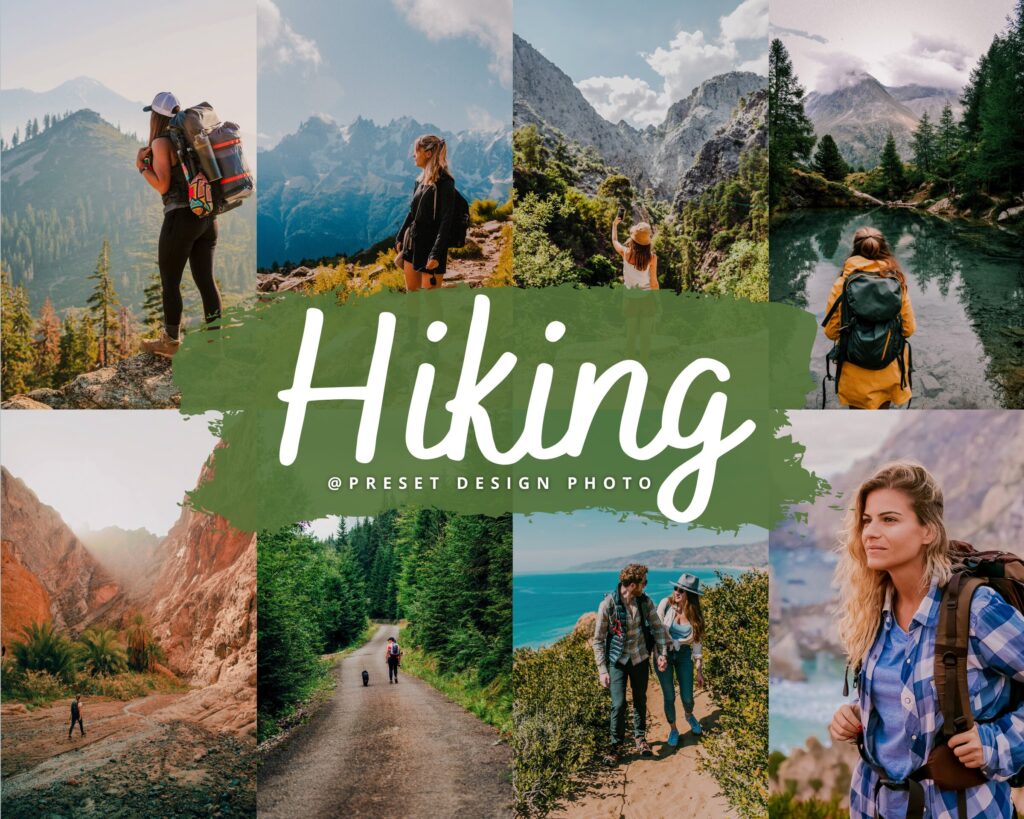
Benefits:
- Learn from experienced hikers.
- Stay motivated.
- Discover new trails.
Where to Find Groups:
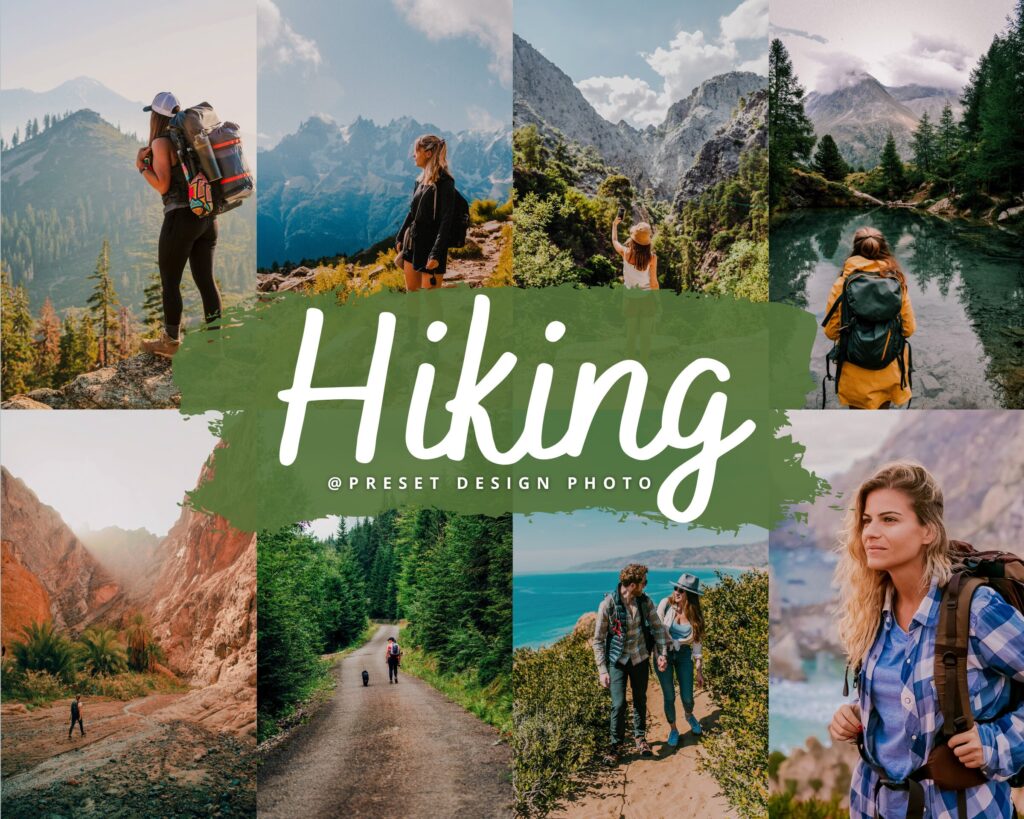
- Facebook hiking groups.
- Local outdoor clubs.
- Meetup apps.
10. Planning for Future Hikes
Once you’ve done a few easy trails, you can slowly increase distance, elevation, and difficulty.
Progression Tips:
- Gradually add 1-2 km to your hikes.
- Try overnight camping trips.
- Learn map reading and compass navigation.


No responses yet